
Wind energy & wildlife: Site it right
Site Wind Right is The Nature Conservancy’s approach to promoting smart, renewable wind energy in the right places—areas that are low impact for conservation, including already developed lands. The strategy has several components:
- Promoting policies and incentives for low-impact renewable energy deployment
- Advancing the science of low-impact siting
- Providing the wind industry and public with information to support low-impact siting
- Pursuing opportunities to work with the renewable energy sector to advance good siting practices

How solar farms can be regenerative for soil and sequester more carbon
What if renewable energy was not just sustainable but was also regenerative? This is the goal of a partnership between White Oak Pastures and Silicon Ranch Corporation, an independent solar power producer under the umbrella of Shell.
In 2020 alone, this partnership will bring holistic planned livestock grazing and regenerative land management practices to nearly 2,400 solar farm acres in Southwest Georgia to create carbon sinks, restore biodiversity and soil health, and add to the environmental, social, and economic benefits of these clean energy projects…
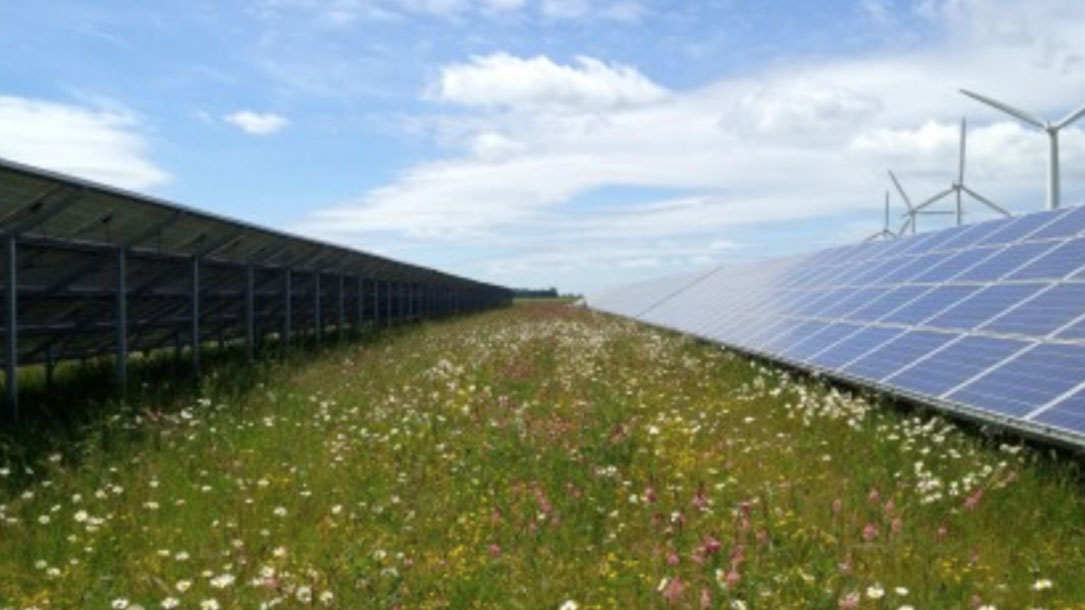
A Practitioner’s Guide to Pollinator-Friendly Solar Development
This toolkit provides background on pollinator-friendly solar and its advantages, and tips, resources, and important considerations to kick-start the integration of pollinator habitat into a solar development portfolio.
In addition to the diverse environmental benefits that pollinator-friendly solar projects can produce, there are an array of private benefits for solar developers to reap from planting perennial vegetation under their solar panels.
The guide offers a set of best practices for understanding local context, building support for a project, designing a site, financing, and development…

As big endowments spurn fossil fuel stocks, there’s one thing making this decision easy
As big endowment funds face mounting pressure to reduce their exposure to the fossil fuel industry, there’s one thing making their decision easier: the energy sector’s underperformance…
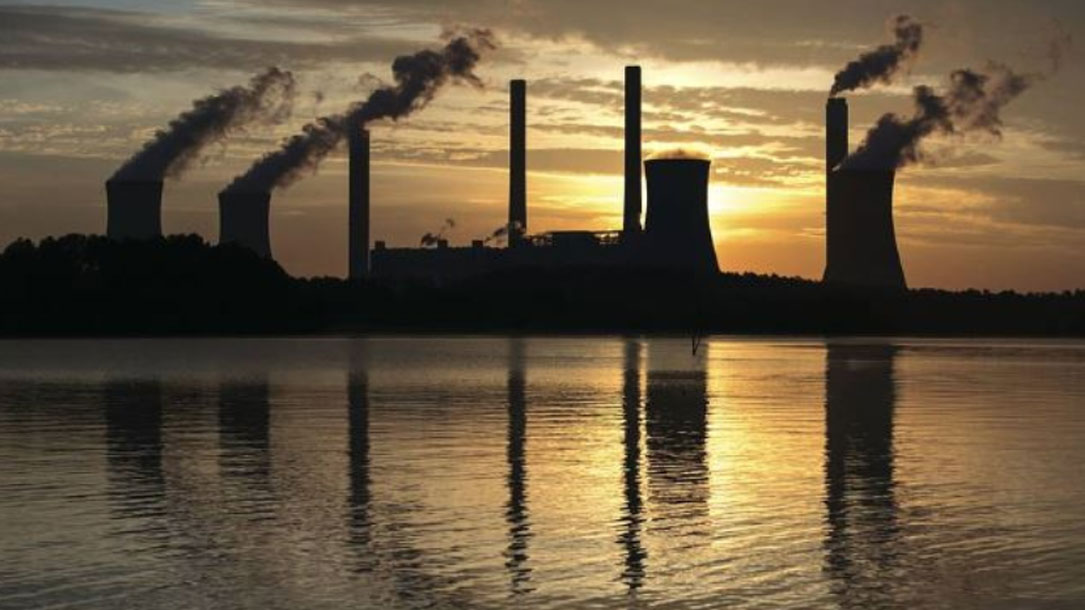
Your land trust has a chance to be strategic and proactive
Calls for decarbonization are now coming from the boardrooms and executive suites of the world’s largest corporations and investment funds, in a fast-moving change that could reshape the global energy system and economy. Listen to why investment firms and companies are divesting.
I’ll be posting more about alternatives, but in the meantime, check out PIMCO’s climate investment funds.
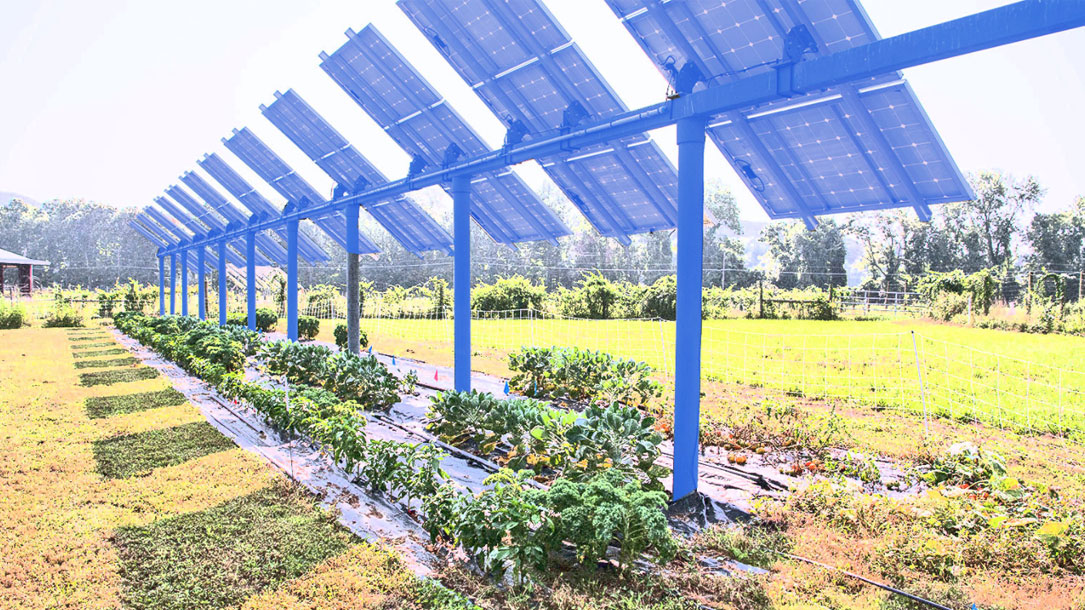
Cash-strapped farms are growing a new crop: solar panels
Construction is slated to begin this spring on a 1.2-megawatt solar array on the Kominek farm (in Colorado). Some 3,300 solar panels will rest on 6-foot and 8-foot-high stilts, providing shade for crops like tomatoes, peppers, kale, and beans on a five-acre plot. Pasture grasses and beehive boxes are planned for the perimeter…
The vegetables will be sold through a community farm-share program, which allows neighbors to invest in the project in exchange for boxes of produce.
Byron Kominek said he hopes similar projects will soon follow. In 2018, Boulder County officials updated the local land-use codes to allow for community solar on land otherwise designated for agriculture, and Kominek plans to help train other farmers how to grow crops alongside solar panels. “The hope is that young farmers will have a better understanding of how to do this, and will go out to already built solar arrays, or planned solar arrays, and find a new profession,” he said.
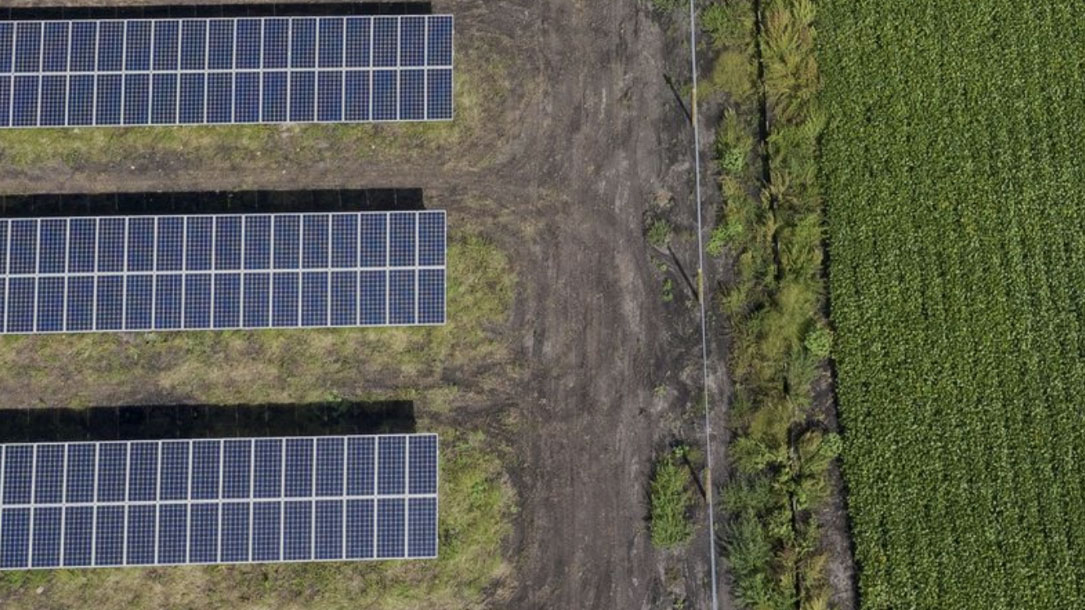
Struggling Farmers See Bright Spot in Solar
“U.S. farmers are embracing an alternative means of turning sunlight into revenue during a sharp downturn in crop prices: solar power.
Solar panels are being installed across the Farm Belt for personal and external use on land where growers are struggling to make ends meet. The tit-for-tat tariffs applied by the U.S. and China to each other’s goods have cut demand for American crops. Futures prices for corn, soybeans and wheat are all trading around their lowest levels since 2010. Making matters worse, record spring rainfall…”
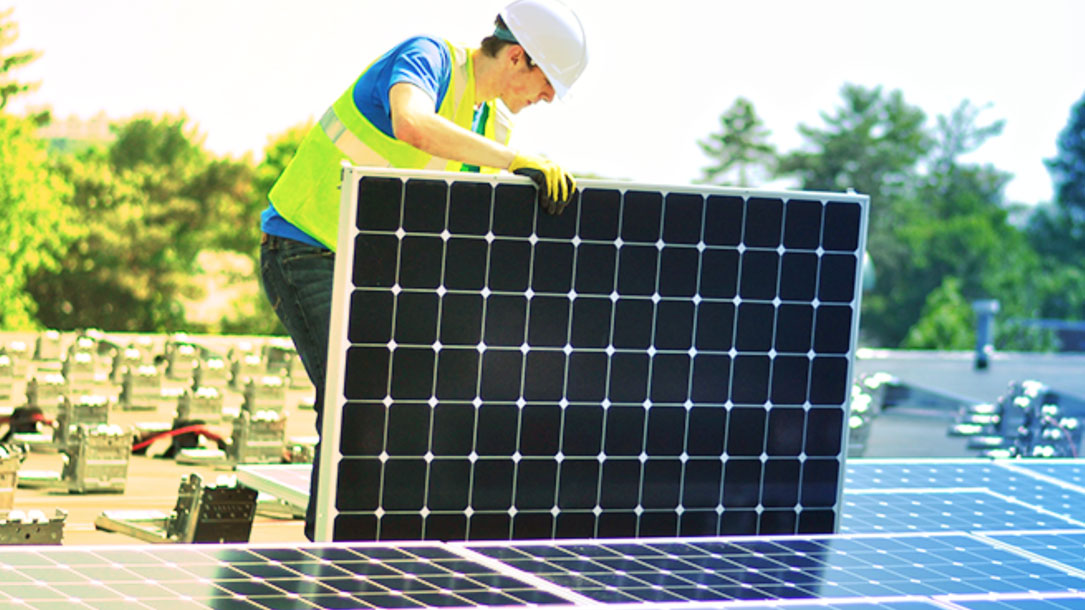
U.S. Solar Market Insight
“The U.S. installed 13.3 gigawatts (GW) of solar PV capacity in 2019 to reach 77.7 GW of total installed capacity, enough to power 14.5 million American homes. Solar accounted for 40% of all new electric generating capacity added to the grid in 2019 – more than any other energy source and the highest share in the industry’s history…”
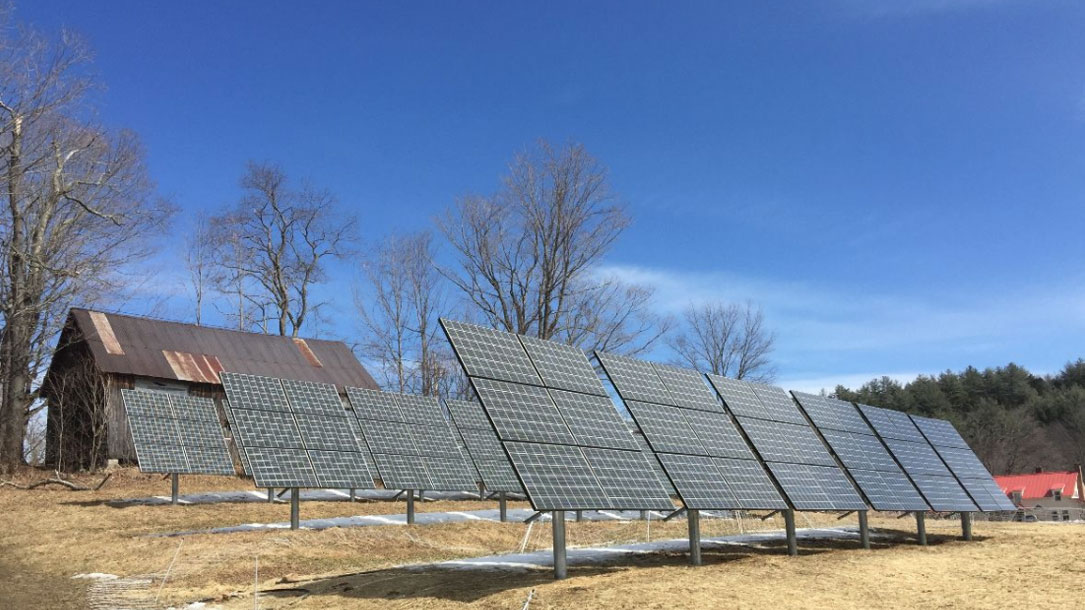
What businesses [including land trusts] should know about the evolution of rural solar
Solar projects certainly are growing rapidly throughout the United States, with total installed capacity just shy of 70 gigawatts and a contracted pipeline of 27.9 GW, according to SEIA. A recent Wall Street Journal analysis of EIA data reported that solar projects occupied 258,000 acres in 2018, while NREL estimates that solar will occupy 3 million acres by 2030.
That may be a small fraction of the nearly 900 million acres of farmland in the United States (PDF), but it’s enough to make agricultural communities apprehensive about the advance of solar onto previously pastoral land. While landowning farmers are grateful for the steady income that comes from leasing to solar projects, others in rural areas—including many state agricultural departments—are still grappling with what the growth of solar will mean for their concept of rural land and role as agricultural boosters…
And with wind and solar cropping up in more rural communities, the bar is being set higher. “The future for renewable energy has to include a sustainable land use component,” Hoosier Energy’s Cisney said. In leveraging new partnerships and co-location opportunities among developers, farmers and local communities, rural America has the potential to assume a more active leadership role in cooperatively advancing the clean energy transition…

Solar light of the world: Evangelicals launch global clean energy campaign
Solar panels could be coming soon to a church near you. Through a campaign called Project 20.’25, the World Evangelical Alliance (WEA) has set out to get 20 percent of its members to convert fully to clean energy by 2025.
This fall, the global network announced its partnership with Smart Roofs Solar Inc. Together they will help universities, health care facilities, and churches looking to adopt clean power, including offering guidance for local suppliers and providing financing options.












